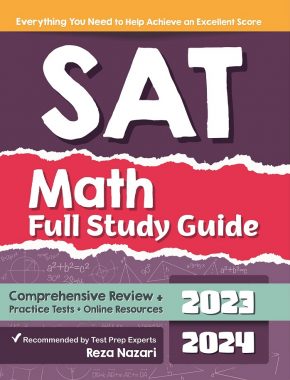Comprehensive Tests for Convergence and Divergence of Infinite Series
We need convergence and divergence tests to determine if an infinite series will result in a finite sum or grow infinitely. This knowledge is crucial in mathematics, physics, and engineering, where series describe behaviors like waveforms and motion. These tests simplify complex analyses, allowing us to quickly assess whether a series is useful or requires adjustment.

Tests for convergence and divergence help determine if an infinite series approaches a finite limit (converges) or grows without bound (diverges). Several primary tests include:
- Nth-Term Test: If the \( n \)-th term of a series does not approach zero as \( n \to \infty \), the series diverges.
- Integral Test: Used when terms are positive and decreasing, integrating the function representing the series can show convergence if the integral is finite.
- Comparison Test: By comparing the series to a known convergent or divergent series, convergence or divergence can be established.
- Limit Comparison Test: Useful when two series behave similarly; taking the limit of their ratio confirms convergence or divergence.
- Ratio Test: For series with factorials or exponential terms, the limit of the ratio of consecutive terms indicates convergence if less than \(1\), divergence if greater than \(1\).
- Root Test: By taking the \( n \)-th root of terms and finding the limit, convergence is indicated if less than \(1\).
Let’s explore each test further:
- Nth-Term Test: This simplest test checks if the \( n \)-th term of a series approaches zero as \( n \to \infty \). If it does not, the series diverges. However, if it does approach zero, further testing is required since this test alone cannot confirm convergence.
- Integral Test: For series with positive, continuous, and decreasing terms, integrating a corresponding function, \( f(x) \), can reveal convergence or divergence. If the improper integral \( \int_{1}^{\infty} f(x) \, dx \) is finite, the series converges; if not, it diverges.
- Comparison Test: Useful when comparing to a known series, this test involves determining whether terms of the series are smaller or larger than a known convergent or divergent series.
- Limit Comparison Test: Often used when the terms of two series behave similarly, we take the limit of the ratio of their terms. If the limit is a positive, finite constant, both series will either converge or diverge together.
- Ratio Test: Especially useful for series with factorials or exponentials, this test evaluates \( \lim_{n \to \infty} \left| \frac{a_{n+1}}{a_n} \right| \). If the result is less than \(1\), the series converges absolutely; if greater than \(1\), it diverges. A result equal to \(1\) requires other tests for a conclusion.
- Root Test: This test examines \( \lim_{n \to \infty} \sqrt[n]{|a_n|} \). If the limit is less than \(1\), the series converges absolutely; if greater than \(1\), it diverges. Like the ratio test, a result of \(1\) is inconclusive.
Each of these tests offers distinct insights and is applied based on the series’ characteristics. Together, they form a toolkit for analyzing series behavior, integral in fields that rely on infinite summations, such as physics, engineering, and applied mathematics.
Related to This Article
More math articles
- What Is a Polynomial?
- TExES Core Subjects Math- Test Day Tips
- Top 10 Tips to Overcome ASVAB Math Anxiety
- FREE 4th Grade MAP Math Practice Test
- Function Values of Special Angles
- 4th Grade Wisconsin Forward Math Worksheets: FREE & Printable
- The Significance of the Unit Circle in Trigonometric Functions
- Customary Unit Conversions Involving Mixed Numbers and Fractions
- 10 Most Common DAT Quantitative Reasoning Math Questions
- How to ACE the ATI TEAS 7 Mathematics?

























What people say about "Comprehensive Tests for Convergence and Divergence of Infinite Series - Effortless Math: We Help Students Learn to LOVE Mathematics"?
No one replied yet.